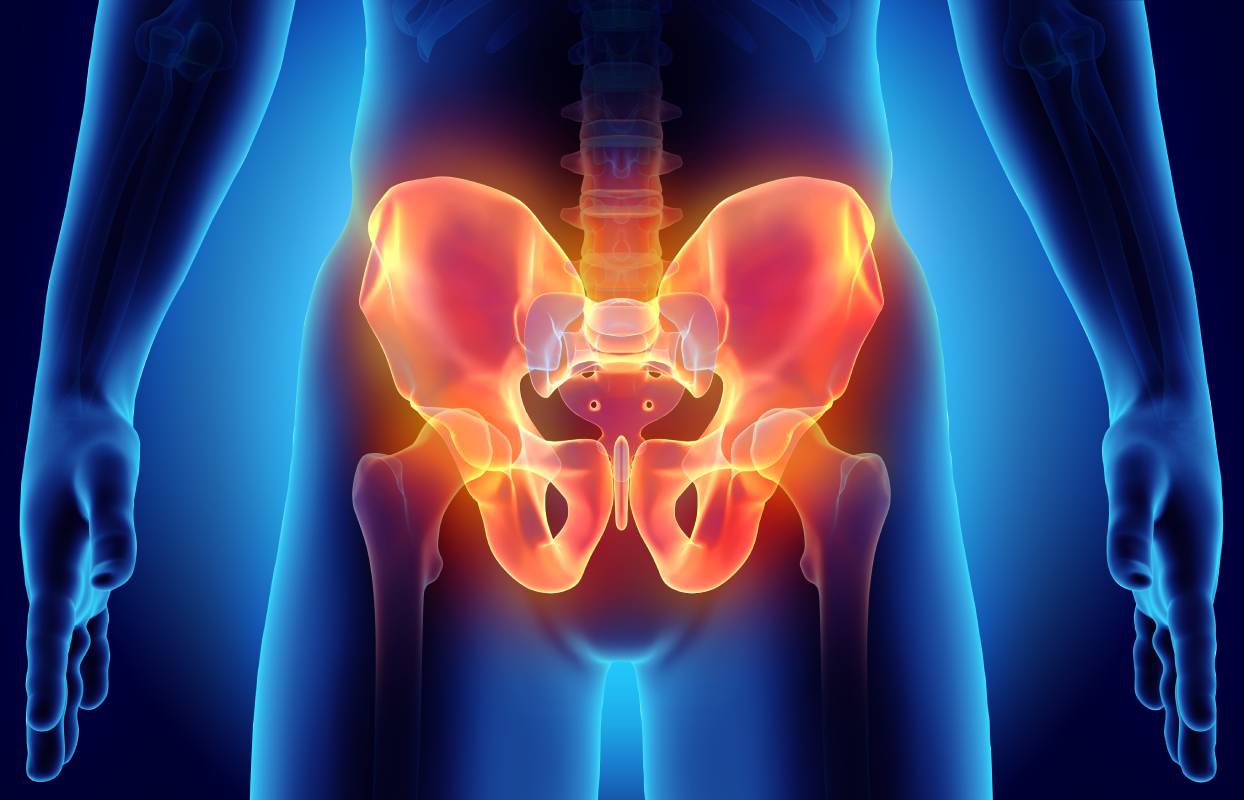Pelvic neoplastic disease is a life-threatening condition [1]. It is associated with a high degree of pain, which may not be treatable with surgery, depending on patients’ bone quality and level of bone metastasis [1]. Accordingly, the need for alternative pain management methods for this condition is paramount. A few forms of pain management have proven beneficial for patients with pelvic neoplastic disease, or similar conditions, and, thereby, may serve as effective alternatives to surgery.
When treating patients with pelvic neoplastic surgery, physicians’ first recourse tends to be drugs. Indeed, pain caused by advanced cancers can be effectively controlled by orally administered analgesic drugs and adjuvants [2]. One study estimated that 85 to 90% of advanced cancer patients can successfully manage their pain by taking these medications [2]. However, if drugs fail to provide patients with relief, alternative treatments may be necessary [2].
Ablation treatments are a class of minimally invasive pain management techniques that can significantly reduce pain associated with pelvic neoplastic disease [2]. These methods are generally associated with a low risk of complications and a high degree of efficacy in moderating pain [1].
There are many forms of ablation that physicians can use to treat their patients, including radiofrequency ablation and percutaneous cryoablation [1, 2]. When performing radiofrequency ablation, physicians use a needle electrode to administer a high-frequency alternative current into patients’ pelvic tissue [2]. This results in coagulation necrosis, which interferes with nerve function and thus inhibits pain signals [3].
Percutaneous cryoablation also causes coagulation necrosis, by using freezing temperatures to cause cell death, either by directly injuring cells or interfering with regional microcirculation [2]. A major benefit of percutaneous cryoablation is its ability to interfere with nerve conduction of pain signals without causing permanent nerve damage [4]. Cryoablation is easy to administer and can satisfactorily reduce pain, while avoiding severe complications and adverse events [5].
Other than ablation, medical teams treating patients with pelvic neoplastic disease may also turn to ganglion impar block (GIB), a type of nerve block, for pain management [6]. GIB is typically used to treat severe pain of either malignant or benign cause [7]. Multiple approaches are possible, such as sacrococcygeal GIB, which is generally considered very safe, or transcoccygeal GIB, which may be necessary when the sacrococcygeal joint is ossified [7]. Studies have reported that GIB can reduce patients’ pain levels and their overall morphine consumption [6, 7]. Furthermore, side effects tend to be minor, but rare occurrences, such as cauda equina syndrome and neuritis, can occur [6].
One last pain management technique to consider is electrochemotherapy [2]. During electrochemotherapy, physicians use electroporation to facilitate the entrance and accumulation of anticancer drugs, such as bleomycin, into tumor cells [2]. This method is highly successful, with more than 80% of patients responding well to treatment after a single session [2]. However, it tends to be a rather painful procedure that requires the use of spinal or general anesthesia, so it may not be an appropriate first recourse [2].
There are many technologies and techniques that physicians can use to modulate the pain associated with pelvic neoplastic disease. To ensure the highest possible levels of pain management, early intervention with a patient-appropriate treatment modality is key [8].
References
[1] B. M. Key, M. J. Scheidt, and S. M. Tutton, “Advanced Interventional Pain Management Approach to Neoplastic Disease Outside the Spine,” Techniques in Vascular and Interventional Radiology, vol. 23, no. 4, p. 1-8, December 2020. [Online]. Available: https://doi.org/10.1016/j.tvir.2020.100705.
[2] M. Cascella, M. R. Muzio, and D. Viscardi, “Features and Role of Minimally Invasive Palliative Procedures for Pain Management in Malignant Pelvic Diseases: A Review,” American Journal of Hospice & Palliative Medicine, vol. 34, no. 6, p. 524-531, March 2016. [Online]. Available: https://doi.org/10.1177/1049909116636374.
[3] J. W. Patti, Z. Neeman, and B. J. Wood, “Radiofrequency ablation for cancer-associated pain,” The Journal of Pain, vol. 3, no. 6, p. 471-473, December 2002, [Online]. Available: https://doi.org/10.1054/jpai.2002.126785.
[4] D. Filippiadis et al., “Percutaneous cryoanalgesia for pain palliation: Current status and future trends,” Diagnostic and Interventional Imaging, vol. 102, no. 5, p. 273-278, May 2021. [Online]. Available: https://doi.org/10.1016/j.diii.2020.11.007.
[5] J. D. Prologo et al., “Percutaneous CT-Guided Cryoablation of the Bilateral Pudendal Nerves for Palliation of Intractable Pain Related to Pelvic Neoplasms,” American Journal of Hospice & Palliative Medicine, vol. 37, no. 8, p. 619-623, June 2020. [Online]. Available: https://doi.org/10.1177/1049909119892003.
[6] N. Gupta et al., “An Unusual Complication After Ganglion Impar Block for Chronic Cancer Pain Management,” South African Family Practice, vol. 85, no. 6, p. 424-426, December 2017. [Online]. Available: https://www.proquest.com/docview/1977163557?pq-origsite=gscholar&fromopenview=true.
[7] J. S. Correia et al., “The efficacy of the ganglion impar block in perineal and pelvic cancer pain,” Supportive Care in Cancer, vol. 27, p. 4327-4330, March 2019. [Online]. Available: https://doi.org/10.1177/1049909119892003.
[8] A. Gulia et al., “Impact of Early Intervention in Pain Management in Cancer Patients : A Randomized Controlled Study in a Tertiary Care Cancer Hospital,” South African Family Practice, vol. 37, no. 4, p. 259-264, April 2021. [Online]. Available: https://doi.org/10.1097/AJP.0000000000000919.
